Working with queues
Data Structures and Algorithms in Python

Miriam Antona
Software Engineer
Queues
FIFO: First-In First-Out
First inserted item is the first to be removed

Queues
FIFO: First-In First-Out
First inserted item is the first to be removed

Queues
FIFO: First-In First-Out
First inserted item is the first to be removed

Queues - structure
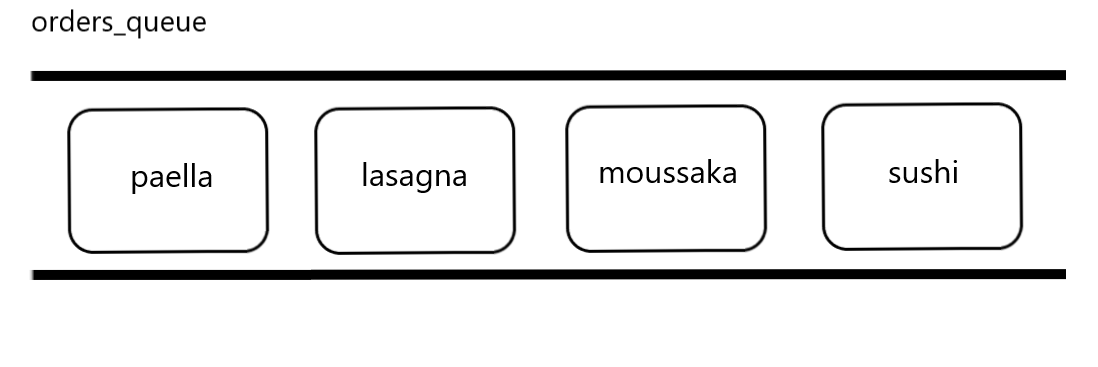
Queues - structure
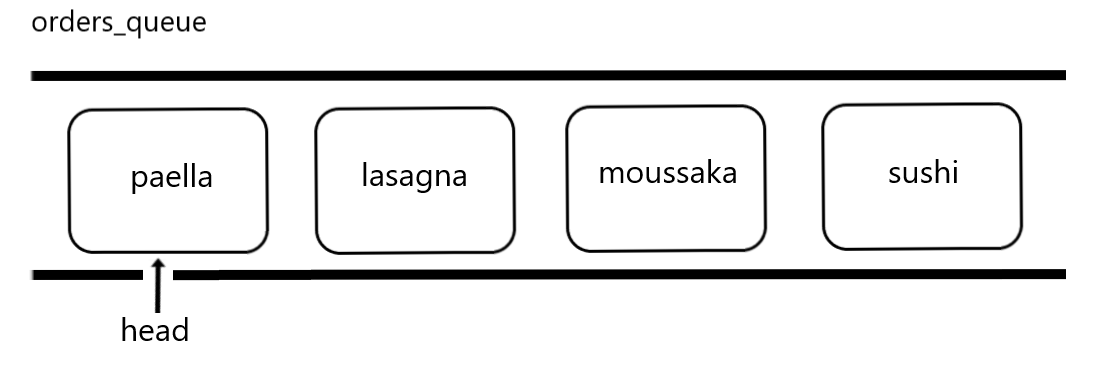
- Beginning: head
Queues - structure
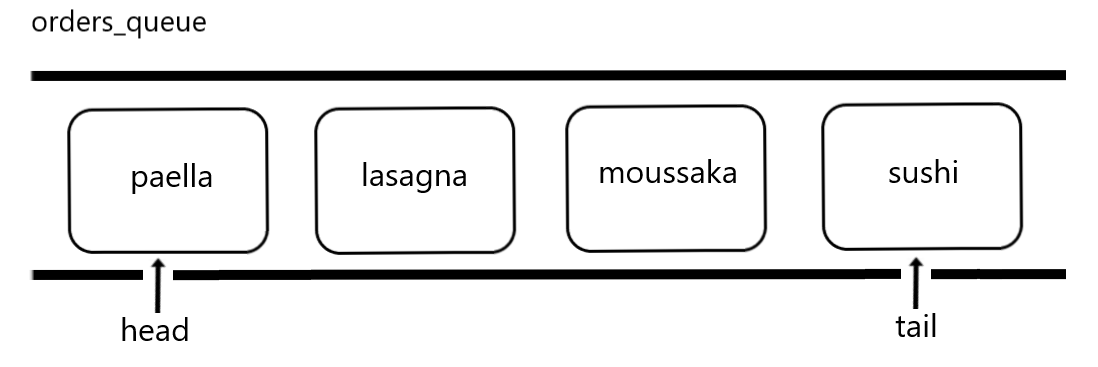
- Beginning: head
- End: tail
Queues - features
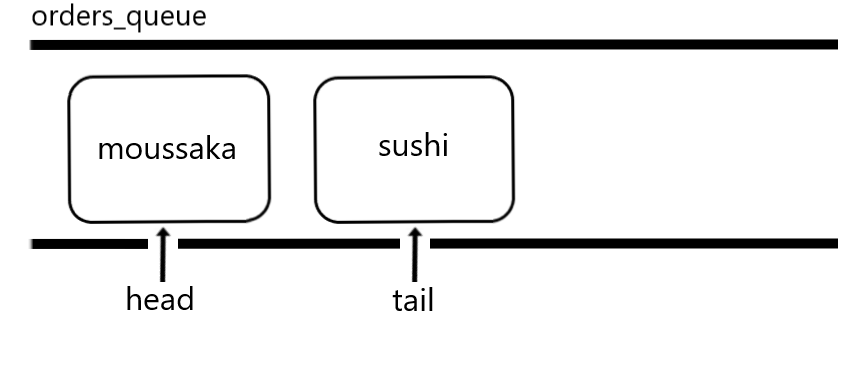
Queues - features
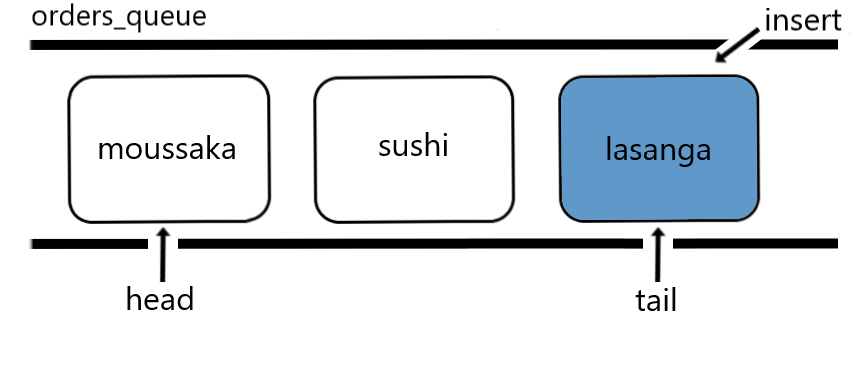
- Can only insert at the end
- Enqueue
Queues - features
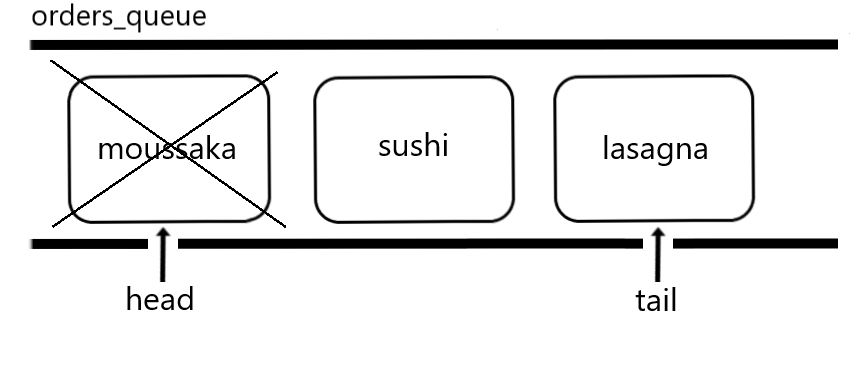
- Can only insert at the end
- Enqueue
- Can only remove from the head
Queues - features
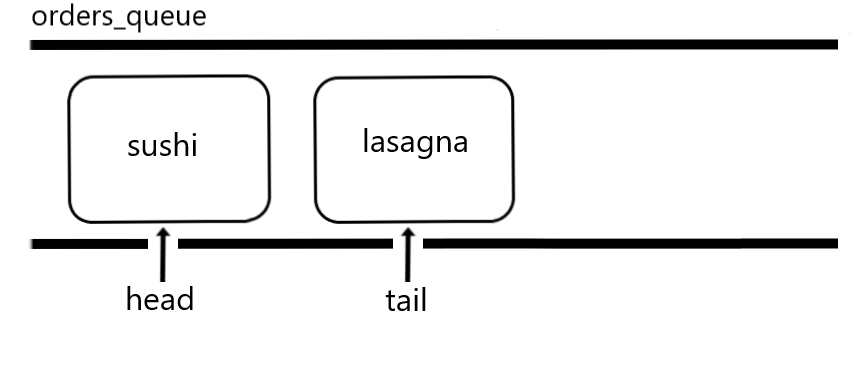
- Can only insert at the end
- Enqueue
- Can only remove from the head
- Dequeue
- Other kinds of queues:
- Doubly ended queues
- Circular queues
- Priority queues
Queues - real-world use cases use
- Printing tasks in a printer
- Documents are printed in the order they are received
- Applications where the order of requests matters
- Tickets for a concert
- Taxi services
Queues - implementation
class Node:
def __init__(self,data):
self.data = data
self.next = None
class Queue:
def __init__(self):
self.head = None
self.tail = None
Queues - enqueue
def enqueue(self,data):new_node = Node(data)if self.head == None:
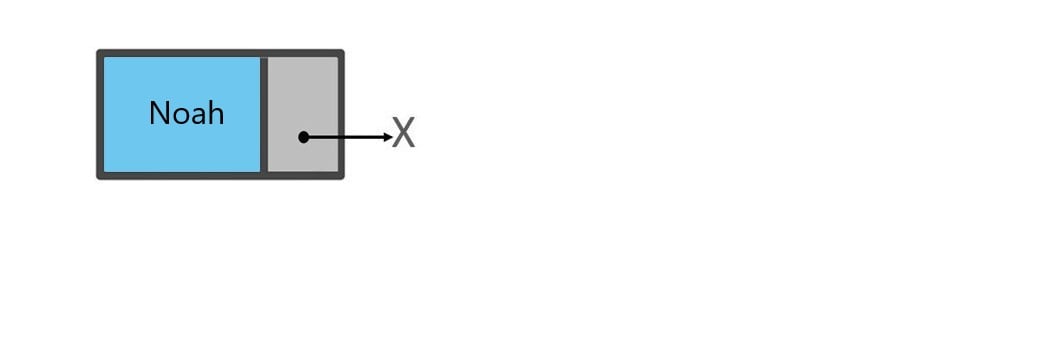
Queues - enqueue
def enqueue(self,data): new_node = Node(data) if self.head == None: self.head = new_node self.tail = new_node
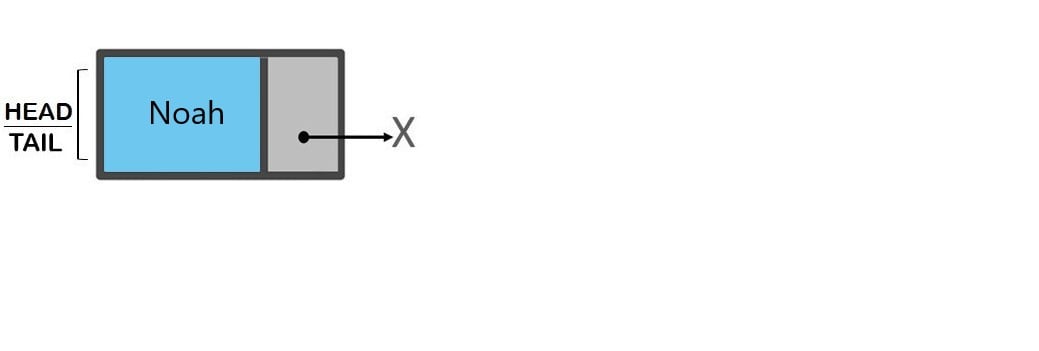
Queues - enqueue
def enqueue(self,data): new_node = Node(data) if self.head == None: self.head = new_node self.tail = new_nodeelse:
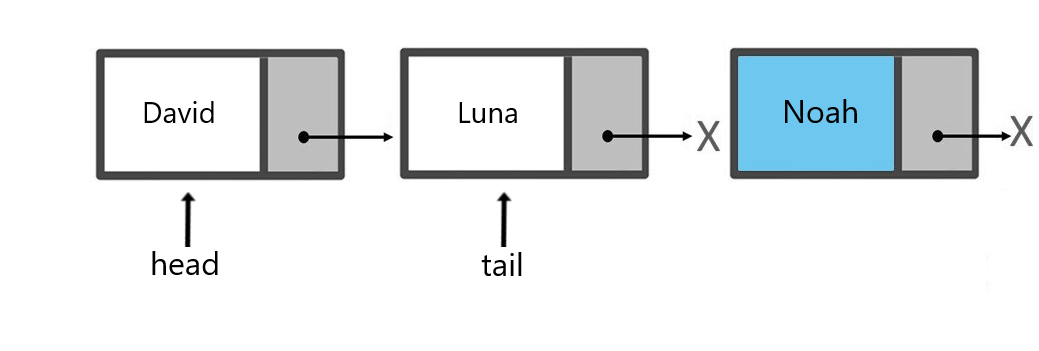
Queues - enqueue
def enqueue(self,data): new_node = Node(data) if self.head == None: self.head = new_node self.tail = new_nodeelse: self.tail.next = new_node
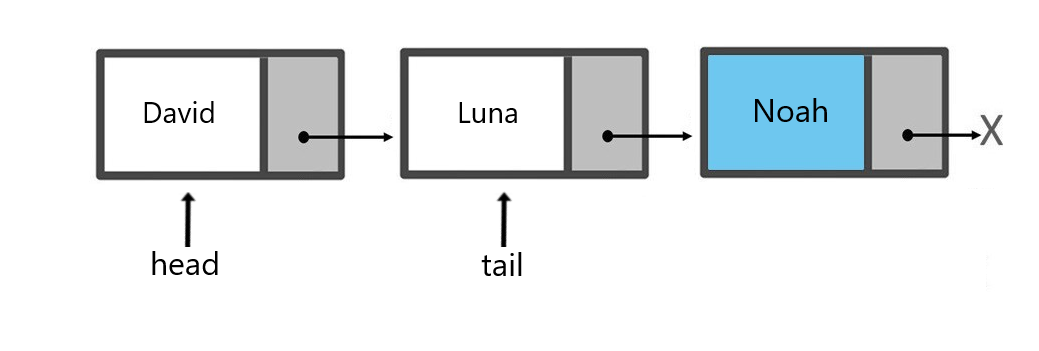
Queues - enqueue
def enqueue(self,data): new_node = Node(data) if self.head == None: self.head = new_node self.tail = new_nodeelse: self.tail.next = new_node self.tail = new_node
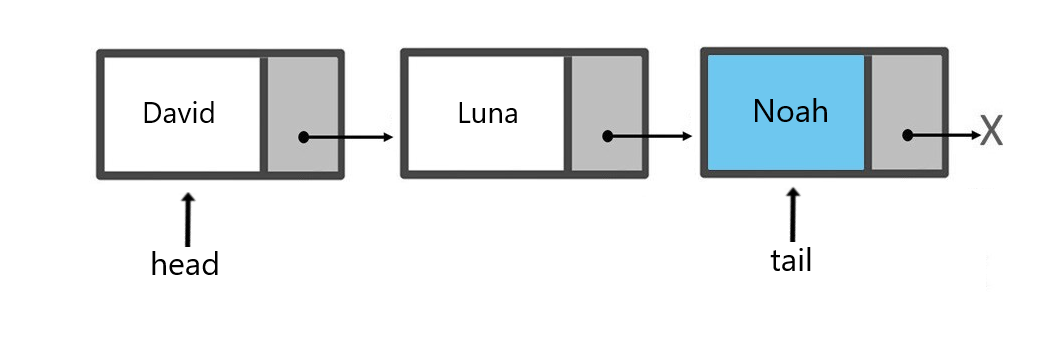
Queues - dequeue

def dequeue(self):if self.head:
Queues - dequeue

def dequeue(self):
if self.head:
current_node = self.head
Queues - dequeue

def dequeue(self):
if self.head:
current_node = self.head
self.head = current_node.next
Queues - dequeue

def dequeue(self):
if self.head:
current_node = self.head
self.head = current_node.next
current_node.next = None
Queues - dequeue

def dequeue(self): if self.head: current_node = self.head self.head = current_node.next current_node.next = Noneif self.head == None:
Queues - dequeue

def dequeue(self):
if self.head:
current_node = self.head
self.head = current_node.next
current_node.next = None
if self.head == None:
self.tail = None
SimpleQueue in Python
- Module: queue
- Queue
- SimpleQueue
import queueorders_queue = queue.SimpleQueue()orders_queue.put("Sushi") orders_queue.put("Lasagna") orders_queue.put("Paella")print("The size is: ", orders_queue.qsize())
The size is: 3
print(orders_queue.get())
print(orders_queue.get())
print(orders_queue.get())
Sushi
Lasagna
Paella
print("Empty queue: ", orders_queue.empty())
Empty queue: True
Let's practice!
Data Structures and Algorithms in Python

